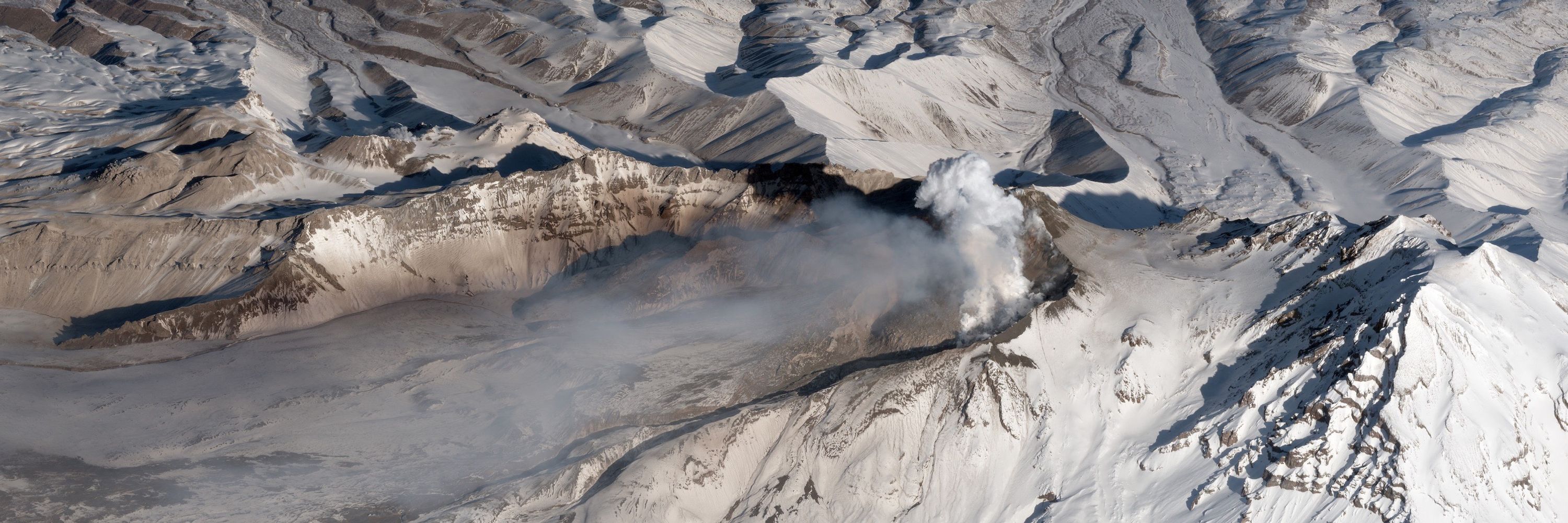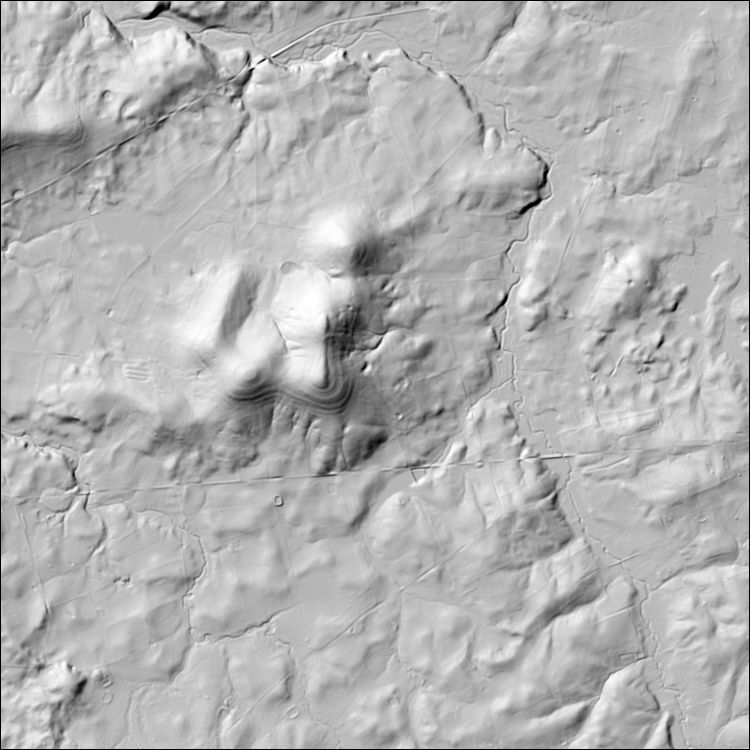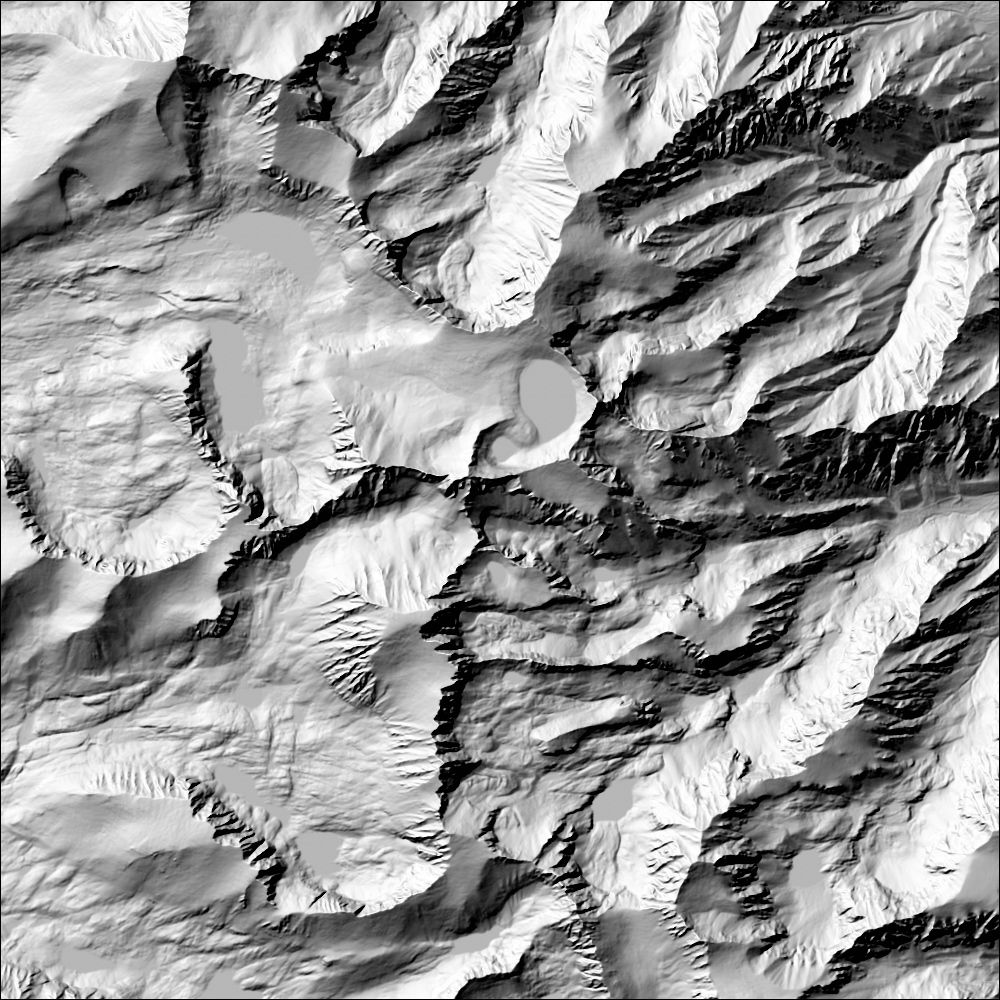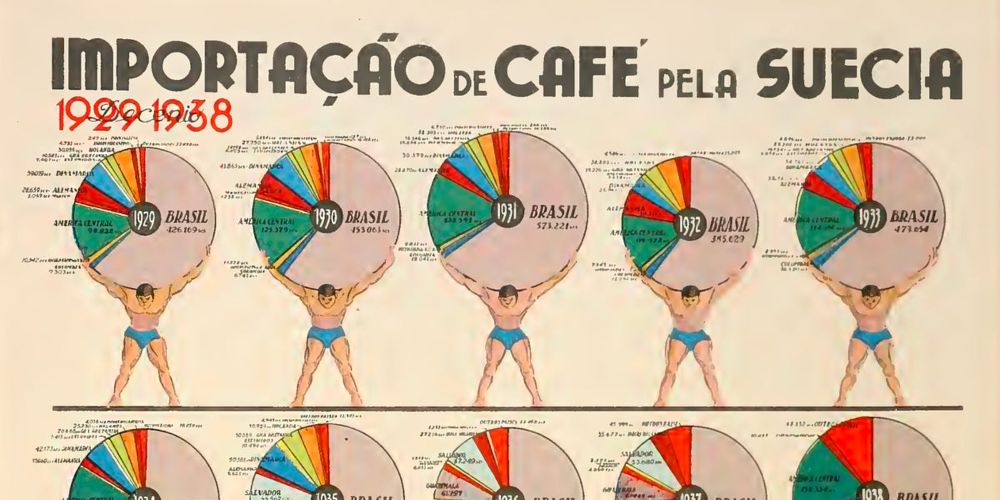






store.steampowered.com/app/4158380/...
But the real magic happens when we enjoy those maps together. MAPS FOR KIDS is here! Let's meet our three maps: visionarypress.com/pages/maps-f...

But the real magic happens when we enjoy those maps together. MAPS FOR KIDS is here! Let's meet our three maps: visionarypress.com/pages/maps-f...


🌋🛰️

🌋🛰️
🌋🛰️

🌋🛰️




To see back in the Universe farther than ever before, we need large, powerful telescopes.
But the naked eye, if you look just right, can take you impressively far.
bigthink.com/starts-with-...
#space #astro #cosmology

It shows the blocks of crust sliced & diced by Bay Area faults, and how much & in what direction they have moved in the past 34 million years.
⚒️

It shows the blocks of crust sliced & diced by Bay Area faults, and how much & in what direction they have moved in the past 34 million years.
⚒️
21,837 images across 18 time-lapse sequences photographed by Don Pettit & Butch Wilmore are repaired, remastered and retimed to create 3x real time video footage.
Credit: Butch Wilmore / Don Pettit / ISS / NASA / ESRS / Seán Doran
www.youtube.com/watch?v=0cKk...

Wut?
Learn more about the Sentinel-6B satellite: https://go.nasa.gov/43yVTSm

Wut?
I'm English. Lovely place, England, but Big Geological Drama? None of that round 'ere, sadly.
Imagine my delight at what geophysicists found in the English Channel.
1/

I'm English. Lovely place, England, but Big Geological Drama? None of that round 'ere, sadly.
Imagine my delight at what geophysicists found in the English Channel.
1/

eos.org/thelandslide...

eos.org/thelandslide...






